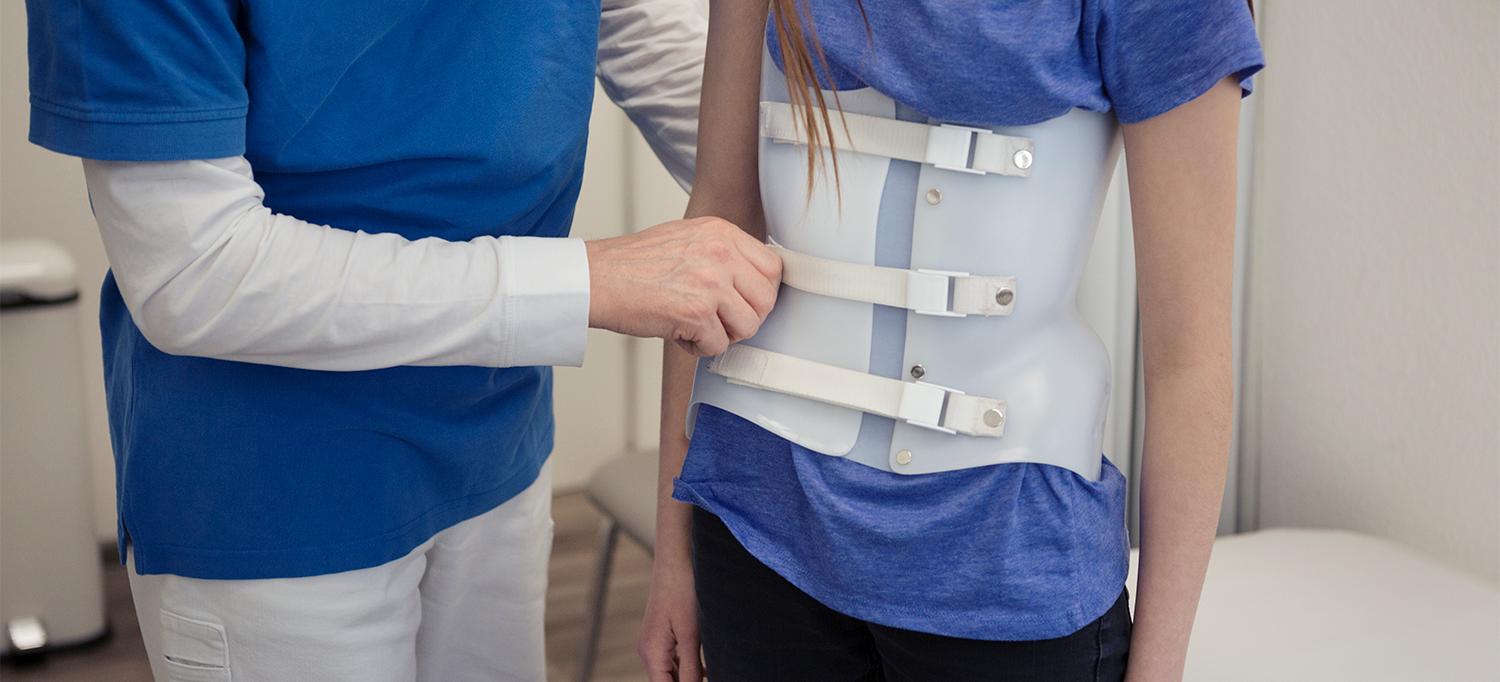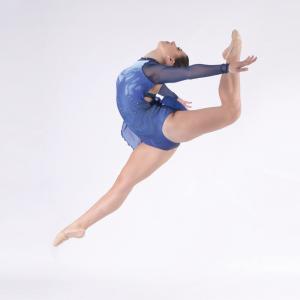
Photo: Elva Etienne/Getty
Mia was diagnosed with scoliosis at age 11, after a day of skiing with her father, Gonzalo. He noticed a hump on her back when she bent over to pick up her skis.
Her parents took her to a doctor in their home city of Madrid, where they learned that Mia had scoliosis. The X-ray showed that her spine had formed an S-shaped curve, causing the unevenness in her back, as well as pain. Mia started wearing a back brace, which she could only take off for six hours a day, to keep the scoliosis from worsening.
But the curvature progressed—as much as 60 degrees in one portion of the spine—to the point that Mia needed scoliosis surgery. The most common scoliosis surgery, called spinal fusion, uses screws, rods, and bone grafts to straighten the spine. Recovery usually takes three months, and growth and flexibility are limited in the area of the spine where the bones are fused together.
Shortly after Mia’s diagnosis, her parents read about a doctor in Barcelona who performed vertebral body tethering, or VBT. This newer, less invasive surgical technique for early-onset scoliosis uses a flexible cord, or tether, to pull the spine straight while the child is still growing. “It sounded like a better alternative,” Mia’s mother, Eliya, recalls.
“After surgery, my back stopped hurting, I don’t snore anymore, and I’m 2 centimeters taller, now that I can stand up straight.”—Mia, Age 12
In March 2020, the family made an appointment with Juan C. Rodriguez-Olaverri, MD, PhD, one of the few doctors who performs VBT. Mia’s parents could see she was at ease with Dr. Rodriguez-Olaverri, so when he told the family he was moving to New York City to join NYU Langone’s Spine Center, they knew they would travel to see him. “Mia wanted this procedure with this doctor,” Gonzalo says.
Because of the COVID-19 pandemic, the family had to overcome several challenges to fly to New York City. Mia had the VBT procedure at Hassenfeld Children’s Hospital at NYU Langone in late July. She spent four nights in the hospital and a total of three weeks in the city before flying back home with her family.
“After surgery, my back stopped hurting, I don’t snore anymore, and I’m 2 centimeters taller, now that I can stand up straight,” Mia says. “And I only have two small scars on both sides of my body that I can hide with my arms, instead of one long scar on my back.”
Mia, who was able to start walking right away after surgery, continues doing the exercises that Dr. Rodriguez-Olaverri recommended to strengthen her muscles and improve her posture. “This surgery preserved Mia’s flexibility. Mobility was so important for us,” Eliya says.

